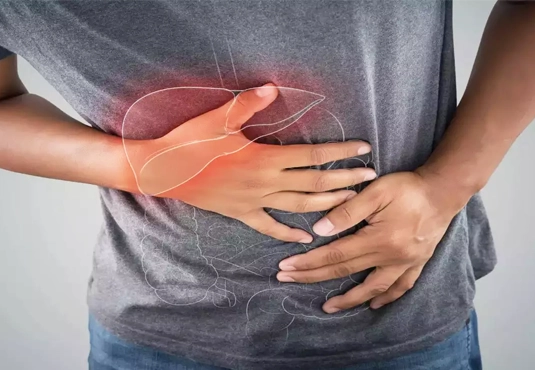Yes, absolutely. Removing the entire diseased cirrhotic liver and replacing it with a healthy liver is the most radical treatment option for cirrhosis. It gives the patient a second chance at life.
Can cirrhosis recur in the transplanted liver?
Yes, it may. But, before answering we need to clarify a point: Cirrhosis is not a cause but a consequence. We need to look at the underlying reason that led to cirrhosis in the patient. If the cause persists, the transplanted liver will be affected as well.
Lets check the most common causes of cirrhosis:
- Chronic viral hepatitis: If hepatitis B, C or D viruses circulating and replicating in the body, the transplanted liver will also be affected by these viruses. However, the good news is that today there are effective treatments for these viruses.
- Chronic alcohol use: If the patient stops consuming alcohol, the risk of alcoholic cirrhosis developing in the new liver is eliminated. However, if the patient starts drinking again, cirrhosis will develop even faster than before.
- Fatty liver disease (NAFLD/NASH): Since fatty liver disease is mostly related to dietary habits and accompanying metabolic syndrome, radical changes in these areas and appropriate treatments can prevent the recurrence of fat buildup in new liver. It is patients choice. However, in cases where NAFLD/NASH is caused by genetic factors, which is rare, the same genetic factors will persist after the transplant, and the new liver may also experience fat buildup and progression to cirrhosis.
- Autoimmune hepatitis: The risk of developing autoimmune hepatitis after transplantation ranges from 20% to 40%, meaning that cirrhosis can recur.
- Primary biliary cirrhosis (PBC): PBC is an autoimmune disease where the body’s immune cells attack the bile ducts. In this case, there is a risk of recurrence, meaning cirrhosis can redevelop.
- Primary sclerosing cholangitis (PSC): In PSC, the risk of recurrence ranges from 10% to 30%.
In conclusion, liver transplantation definitely cures cirrhosis but does not eliminate the underlying cause of cirrhosis. To prevent recurrence, the cause must be eliminated (such as alcohol) or treated and closely monitored (such as viral hepatitis or autoimmune diseases).





